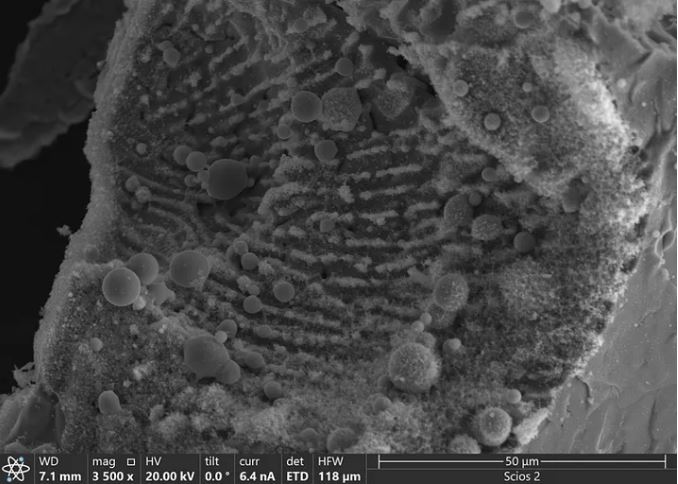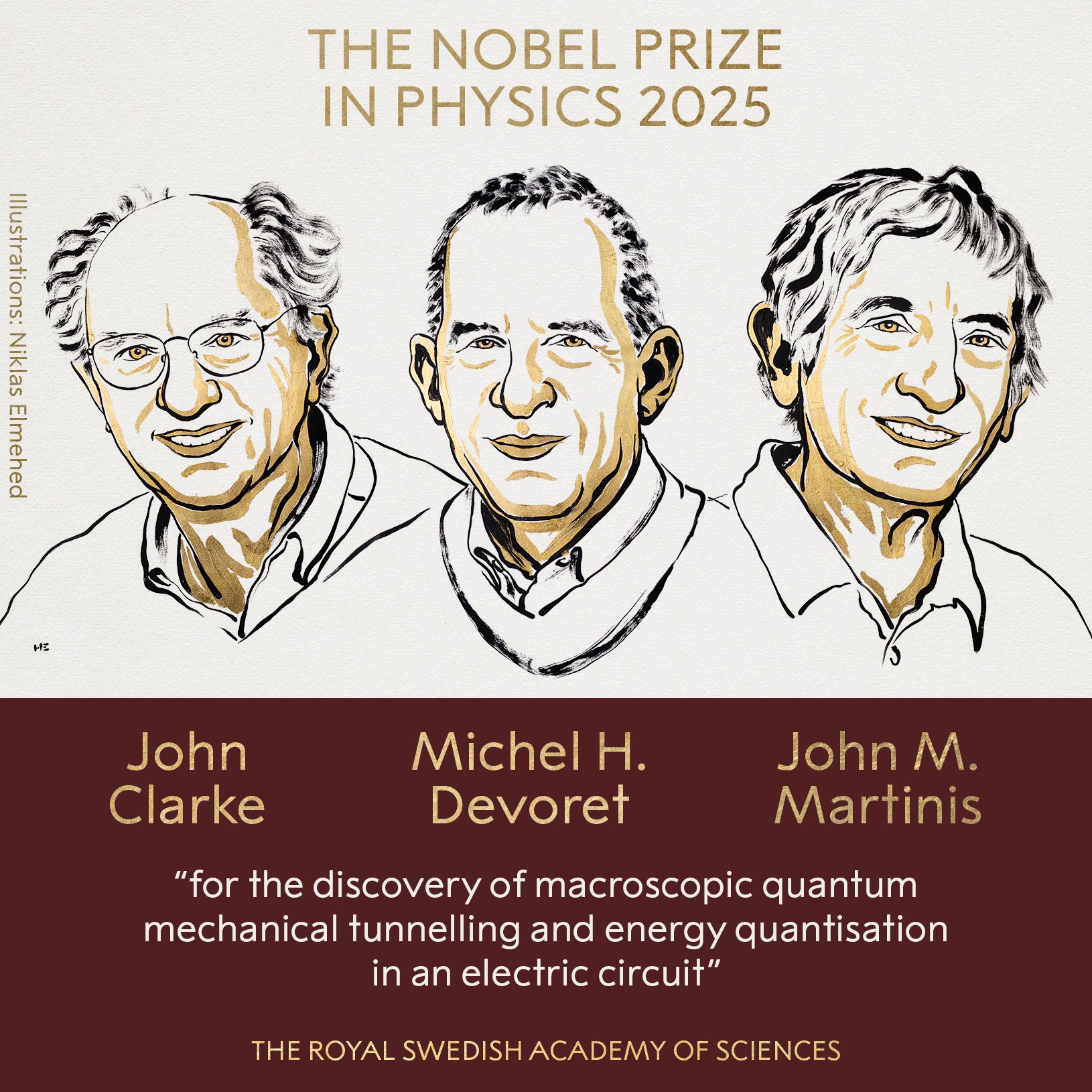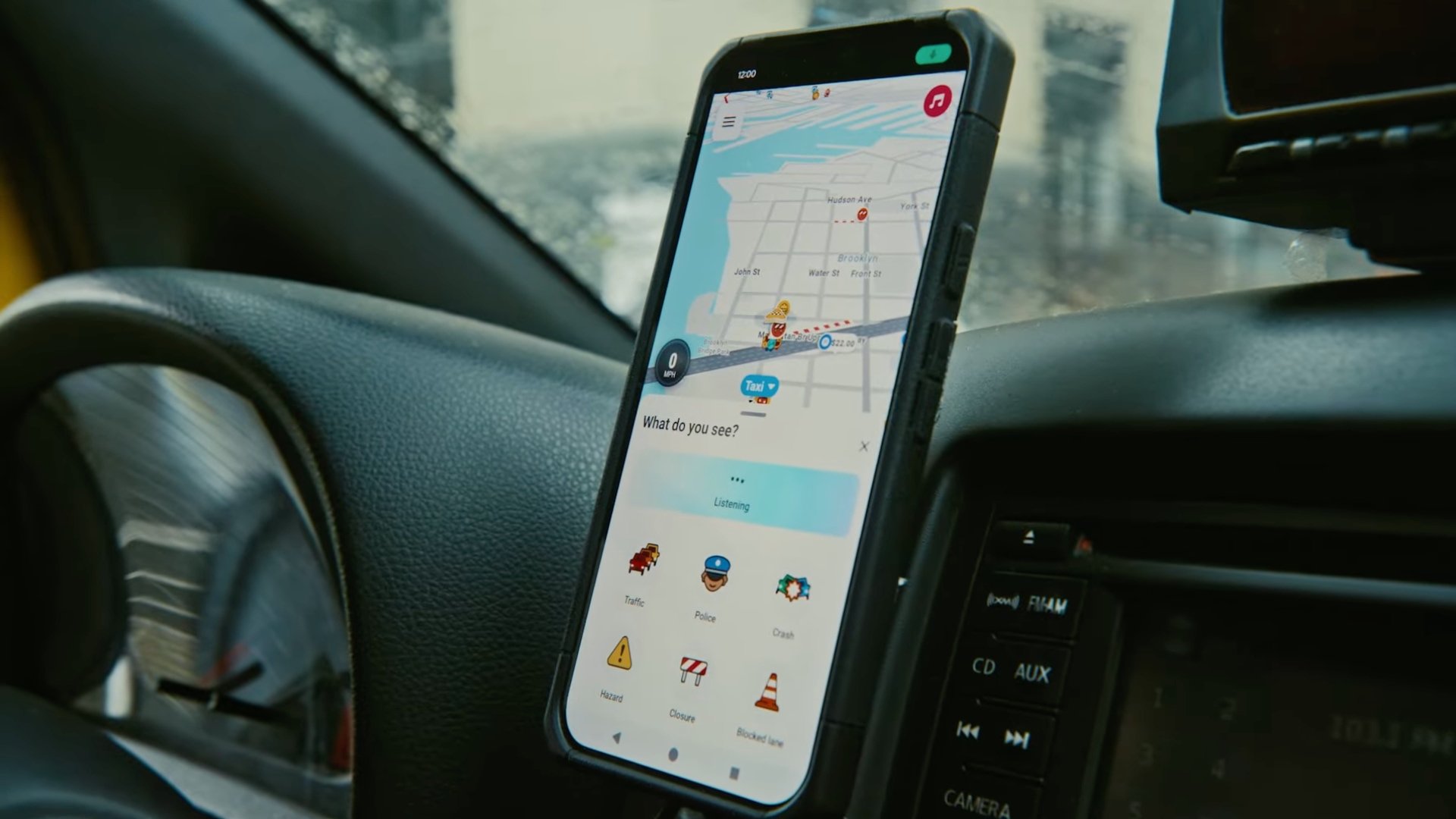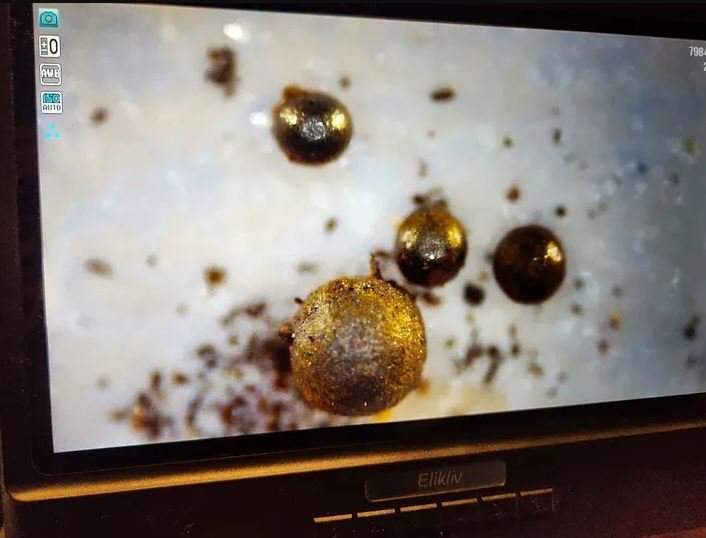On a recent scientific expedition, Israeli theoretical physicist and Harvard professor Avi Loeb says he has found ‘alien spheres’ at the bottom of the Pacific Ocean – even discredited by different scholars in this field. Last Tuesday (29), Loeb published a new article on his website MiddleHe noted that initial analyzes suggested spheres of interstellar origin.
The spheres were retrieved from a meteorite (IM1) that fell to Earth in 2014, but were only recovered during a search trip in the Pacific Ocean off the coast of Papua New Guinea in June 2023. Initial analysis indicates that it is an interstellar meteor, a cosmic object from outside our Solar System.
Loeb explains that this discovery can be considered historic from a scientific point of view, regardless of whether it is of alien origin or not. If that’s true, a team of scientists is observing and analyzing parts of a massive interstellar object that has crashed to Earth for the first time.
“Whatever the interpretation, this is a historic discovery because it represents the first time scientists have analyzed material from a large object that has reached Earth from outside the solar system. The success of the expedition nevertheless values risk-taking in science as an opportunity to discover new information. “The newly discovered spheres send a warning signal from afar, encouraging astronomers to be more curious and open-minded.”
‘Alien orbs’ of interstellar origin
Composition of ‘alien spheres’ Does not match metal alloys found on Earth, Moon, Mars or elsewhere in the Solar System. The researchers suggest that other metals may have evaporated during IM1’s entry into the atmosphere.

The IM1 meteor crashed into Earth’s atmosphere in 2014, but Loeb and his team only discovered it in mid-2019; they even published a study on the subject at the time. But in 2022, the US Space Command revealed to the United States National Aeronautics and Space Administration (NASA) the interstellar origin of the object; Loeb’s initial analysis is now confirmed.
Avi Loeb became famous after claiming that in 2017: Comet ‘Oumuamua was of alien origin. The physicist’s observations suggested that the object could accelerate as it approached the Sun, like a kind of “extraterrestrial spaceship.” It’s important to stress that many scientists disagree, explaining that the comet presents a mechanism that may be common in very icy objects; so ‘Oumuamua will release hydrogen as it approaches the Sun, causing a natural acceleration.
“Finding the first and second ants in the kitchen is worrisome because that means there are so many more ants out there. A ten-year random detection rate for meter-sized interstellar objects means there are several million such objects in Earth’s orbit around the Sun at any given time. “Some may represent technological space junk from other civilizations,” Loeb concludes.
Follow the latest developments in physics and science at TecMundo. If you wish, take the opportunity to read the public hearing held in the US Congress about UFOs and alien objects.
Source: Tec Mundo
I’m Blaine Morgan, an experienced journalist and writer with over 8 years of experience in the tech industry. My expertise lies in writing about technology news and trends, covering everything from cutting-edge gadgets to emerging software developments. I’ve written for several leading publications including Gadget Onus where I am an author.











